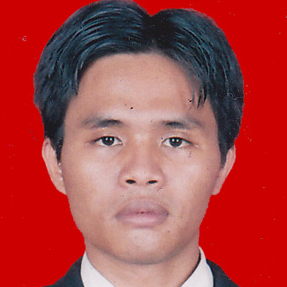
P Wayan Arta Suyasa
Work place: Universitas Pendidikan Ganesha, Singaraja, 81116, Indonesia
E-mail: civicarta@gmail.com
Website:
Research Interests: Computational Engineering, Analysis of Algorithms, Statistics, Models of Computation
Biography
P. Wayan Arta Suyasa is a senior lecturer in the field of Informatics Engineering Education, Faculty of Engineering and Vocational, Universitas Pendidikan Ganesha. He obtained a Master Degree in Educational Research and Evaluation from Universitas Pendidikan Ganesha. His research interests are in several fields, included: evaluation of informatics engineering education, research methodology, statistics, and experimental design.
Author Articles
Development of Blended Learning Content based on Tri Kaya Parisudha-superitem in Kelase Platform
By I Putu Wisna Ariawan Dewa Gede Hendra Divayana P Wayan Arta Suyasa
DOI: https://doi.org/10.5815/ijmecs.2022.01.03, Pub. Date: 8 Feb. 2022
Blended learning can be carried out well if it is supported by good content. Good content consists of the subject, performance assignments, discussion forums, and quiz questions that are packaged in an interesting and structured manner. Good content must also be used to measure students’ abilities in the cognitive, affective, and psychomotor domains. One of the efforts that can be made to realize good blended learning content is to develop content by inserting the Tri Kaya Parisudha and Superitem concepts into the Kelase platform. The Tri Kaya Parisudha concept is used as a basis for measuring students’ abilities in the cognitive, affective, and psychomotor domains. Superitem concept is used as the basis for structured content creation (especially on quiz questions and performance tasks) starting from the lowest to the highest level of complexity. Referring to some of those things, this research aimed to provide an overview of the stages of developing blended learning content that integrated the Tri Kaya Parisudha concept and the Superitem concept in the Kelase platform (a case study of Senior High Schools/Vocational High Schools in Bali). This research used the 4D method, which consists of 4 stages, including Define, Design, Develop, and Disseminate. The subjects involved in content testing were four experts. The tools used to collect data were interview guides, photo documentation, and questionnaires. The technique used to analyze the data was descriptive quantitative. The analysis technique in this research was carried out by making a comparison between the five-scale reference effectiveness standard with the percentage level of effectiveness of the blended learning content. The results showed the level of effectiveness of the blended learning content based on Tri Kaya Parisudha-Superitem in the good category with a percentage was 88.667%.
[...] Read more.Other Articles
Subscribe to receive issue release notifications and newsletters from MECS Press journals